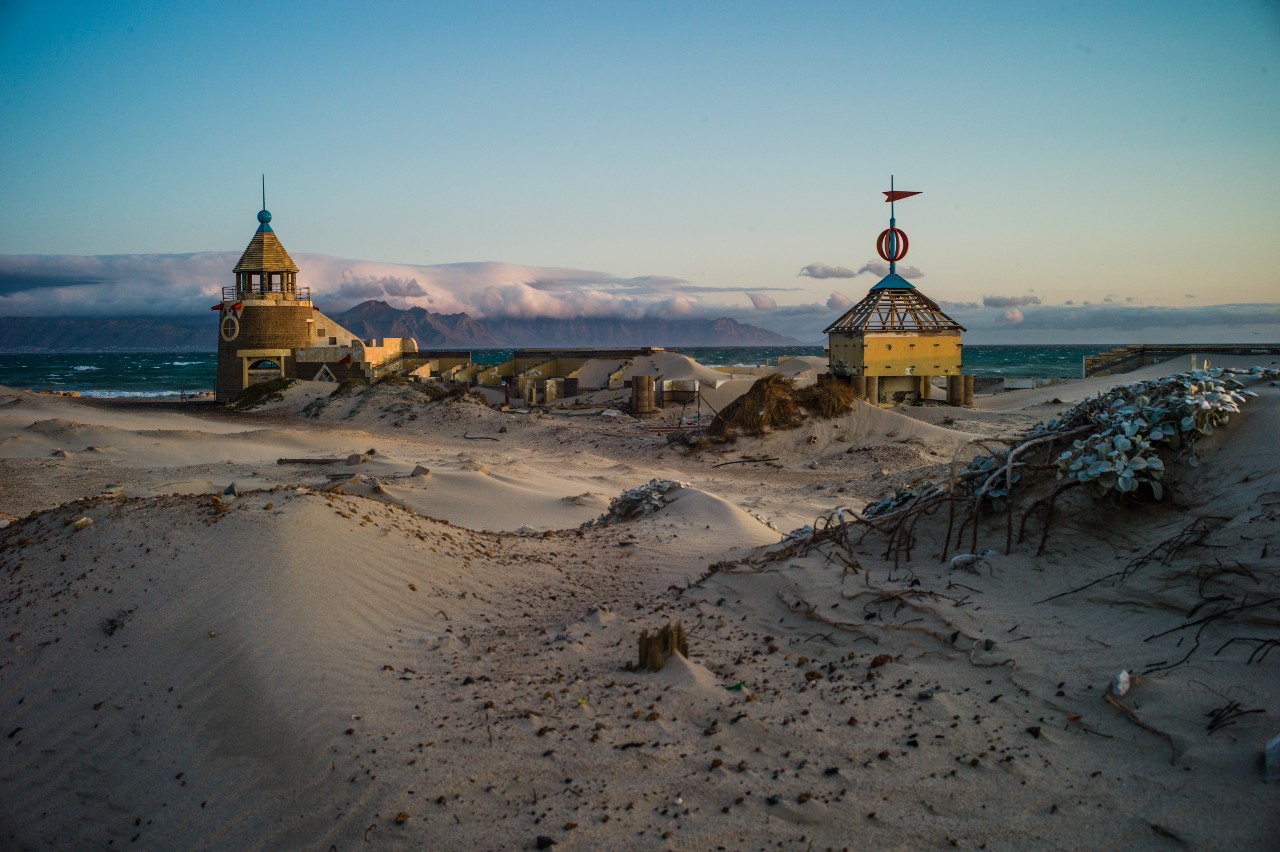Jon Kerrin is an accomplished landscape photographer with a passion for capturing the beauty and majesty of nature. His work transports viewers to some of the most awe-inspiring locations worldwide. From snow-capped mountain peaks to rugged coastlines and everything in between, Jon’s photographs capture the essence of each location in breathtaking detail. With a keen eye for composition and a mastery of light and colour, Jon’s images are truly a testament to his skill as a photographer. Whether you’re an avid nature lover or simply appreciate the beauty of the world around us, Jon’s work is sure to inspire and captivate you.
We sat down with the highly talented landscape photographer to uncover how he achieves his breathtaking shots, his favourite photographic gear and where his love for landscape photography stems from.

Can you tell us a bit about yourself?
My name is Jon Kerrin, and I go by the pseudonym ‘Where The Light Is’ online. I am a passionate nature and outdoor photographer with a strong focus on landscape and nature photography. I grew up in Joburg and moved down to Cape Town in 2016. My formal training is in religious studies and theology, and I spent many years of my life studying religious conflict before stumbling into my love for photography. My interests range wildly, from geopolitics and history to classical music and playing soft rock guitar. But it’s in nature, by the sea, the mountains, and in the forests, that I feel most comfortable and at peace.
Do you remember your first introduction to photography?
Yes, my dad is an avid hobbyist photographer, and every holiday growing up, he would take great photographs on family trips that we would later watch on a slide projector. Though I didn’t learn photography from him, his passion for photography inspired me to capture memories of my own from the beautiful places I would later visit.
Almost a decade after leaving school, I decided to pick up a camera. I have travelled to some incredible places, including the Himalayas, Tibet, India and Nepal, Mt. Kilimanjaro and Turkey. I couldn’t always describe to others adequately the beauty I had witnessed. I slowly learnt that what couldn’t be conveyed in words was often better translated through emotive images of the places I visited.

Why landscape photography?
I have an affinity toward nature. I grew up going on holidays in the bush and hiking in the Drakensberg mountains, and nature is where I feel most comfortable and at ease. During a challenging period when I was battling depression, I found solace in landscape photography. Being surrounded by nature and meticulously capturing the scenery around me became a form of therapy that helped me work through my struggles. As my abilities in this field improved, I ultimately pursued landscape photography as a full-time career.
How has your photographic practice changed over the years?
Initially, I attempted to earn a living as a landscape photographer by selling prints or marketing material for various companies. As time went on, I realised that people were intrigued by the places I visited and the experiences I had. This realisation prompted me to launch a series of workshops and tours, which enabled others to join me on my adventures. I love the teaching aspect of my work and witnessing others enjoy and appreciate nature. Lately, I have expanded my focus to include environmental awareness, as I feel a responsibility to showcase the world’s beauty and raise awareness about neglected areas of our environment. To achieve this, I have partnered with remarkable businesses and organisations dedicated to preserving, rather than exploiting, our environment.

In your opinion, what are some of the key elements of a great landscape photograph?
I prioritise two key elements in my landscape photography: light and composition. Soft light can completely transform a subject, taking it from dull and overexposed to dreamy and captivating. At the same time, the skilful composition that creates a sense of depth within a scene can help draw the viewer in and guide them through a visual narrative of the location.
What does your shooting process involve when trying to capture the perfect landscape shot?
When I’m on location, my process begins with scouting for a compelling subject – often one that offers an interesting foreground, midground, and background. Once I’ve found the perfect subject, I carefully select the appropriate lens for the shot, often opting for a wide-angle or telephoto lens, depending on the situation.
To address the dynamic range challenges I often face during morning and evening shots and to create motion effects in cloud and water movement, I frequently use a variety of photographic filters, including polarisers, ND filters, and graduated filters.
Before capturing the shot, I ensure my tripod is securely grounded to prevent any motion blur. Once everything is set up, I patiently wait for the right light to arrive, as waiting for the ideal lighting is an integral part of landscape photography. However, it’s important to note that the perfect shot may not always materialise, even with patience and preparation. That’s simply the nature of this genre of photography.

Of all the beautiful landscapes you’ve photographed, which have been your favourite?
I have been so blessed to photograph so many beautiful places, but two immediately come to mind.
The first would have to be witnessing and capturing Augrabies Falls in flood with a massive lightning storm in the background, this was dramatic on every level possible, and I still remember the chills I experienced from the excitement of photographing that scene.
The second would be photographing the mountains of Patagonia. Capturing the image is undoubtedly a huge part of the excitement and rush of landscape photography, but the journey to an epic location only heightens the thrill and excitement of getting that final shot. Photographing Mt. Fitz Roy at first light was incredible, but the long steep hike through the night and race to get to the lake by dawn made getting this shot all the more memorable.
How much research goes into picking a particular landscape to photograph?
This is very much dependent on where I am shooting. Living in Cape Town, I am spoilt for choice with landscape locations. If the weather looks promising, I can easily pop out for a quick drive.
But planning and research is a huge component of my genre of photography. Things that I often look for to coincide with a subject I am looking to shoot are: What angle the sun is rising or setting, Wind speed or direction. Clouds, clouds, clouds! Clouds take a dull sky and make it interesting. Different formations and elevations of clouds make for interesting and compelling images Unique events (like the flooding of the Augrabies Falls or lightning over Cape Town skies)

What is your go-to camera and lens when photographing landscapes?
I use and love the Fujifilm X system. This lightweight mirrorless system feels intuitive to use and makes me excited to pick up a camera.
I use a variety of lenses, but my go-to lenses are the 10-24mm, 55-200mm and 100-400mm. This lens selection gives me a fantastic range that allows me to capture vast, colourful skies through to textures on mountains far away.
Besides your camera and lenses, what are some essential tools and equipment you need with you on every shoot?
A sturdy and easy-to-use tripod that can manoeuvre without hassle is a must for me. This allows me to photograph in windy conditions, get close to water, and get shots at unique angles different to just eye-level shots.
Filters are hugely beneficial for what I do. A polarising filter helps me remove glare from rocks, water and foliage while also adding saturation and contrast to a scene. ND filters allow me to create various motion effects in the water and clouds, adding a dynamic feel to the image that shows the movement instead of just static images.
Not essential, but I love using an L-Bracket on my camera. This helps me move from landscape to portrait orientations without awkwardly changing my tripod height.

What are some words of advice that you could give to photographers interested in pursuing landscape photography?
Just get out and shoot! Don’t focus on attaining the latest and greatest gear. As you improve, you will instinctively know when to invest in the gear you will need that will last. When buying gear, invest in good quality gear that meets your budget. Landscape photography can take its toll on your equipment as you are constantly exposed to the elements.
Join a community of photographers that you can learn from and engage with. Safety in numbers is a reality! Crime is a reality we have to face in South Africa, and going out on location can have many risks.
Engage with photographers online. We are generally a friendly bunch that loves to help! Join a workshop to advance your skills. This is a great way to learn landscape photography quickly and immerse yourself in a community of like-minded people.
Where in the world would you still like to photograph?
The better question is, where wouldn’t I like to photograph? It would be a shorter list, lol!!! There are so many beautiful places I’d still like to photograph, but the top of my list would be many parts of South America, including Argentina, Chile and Bolivia, as well as Antarctica and the South Georgia Islands.

Anything else you’d like to add?
If you are an aspiring landscape photographer, consider joining me on one of my many landscape and astrophotography workshops around South Africa. These trips are filled with a ton of fun, learning and adventure. You can see all of the trips that I offer at www.venturekj.com








